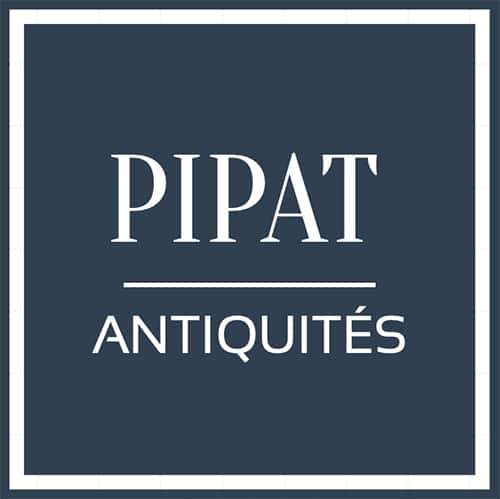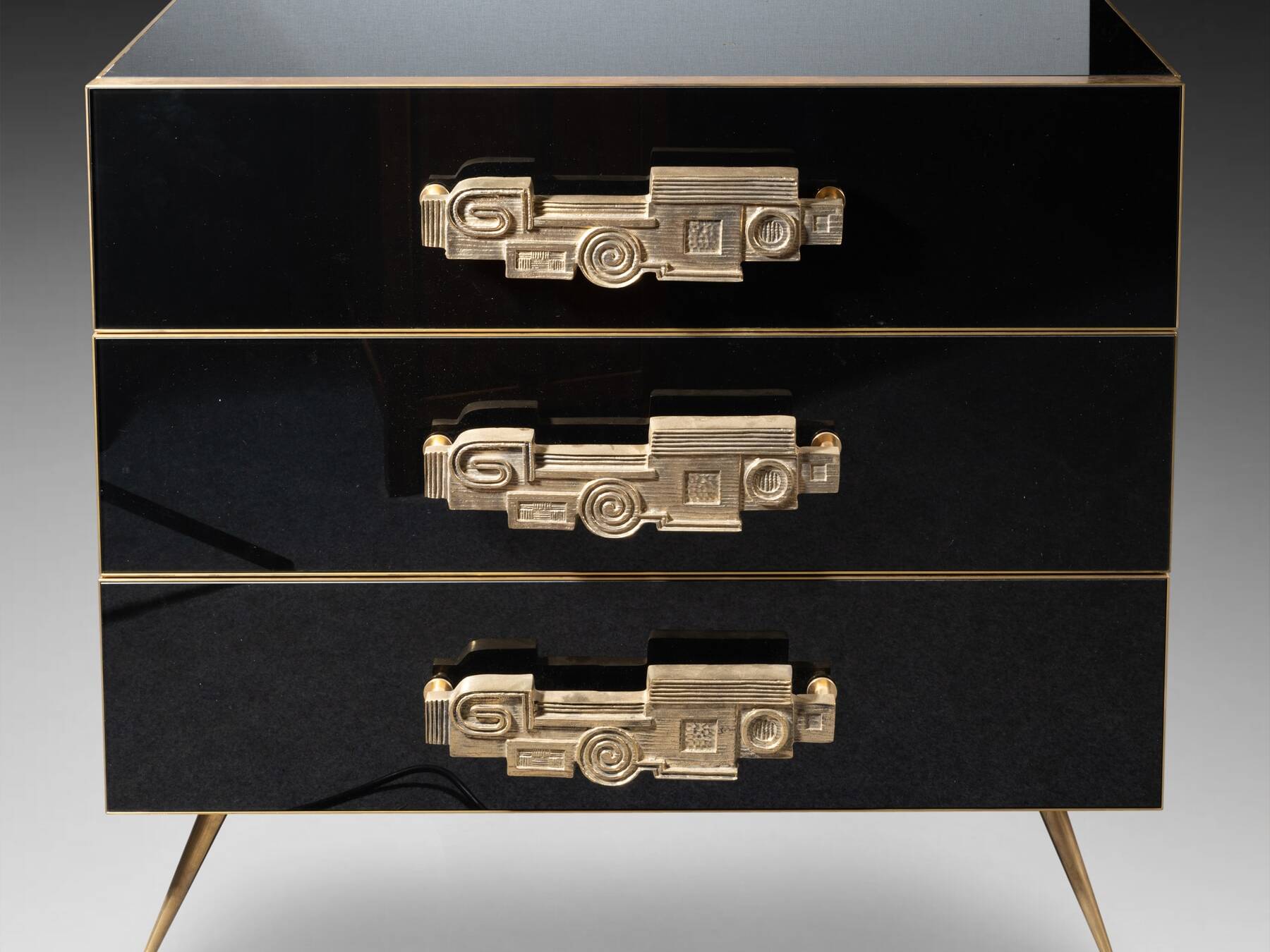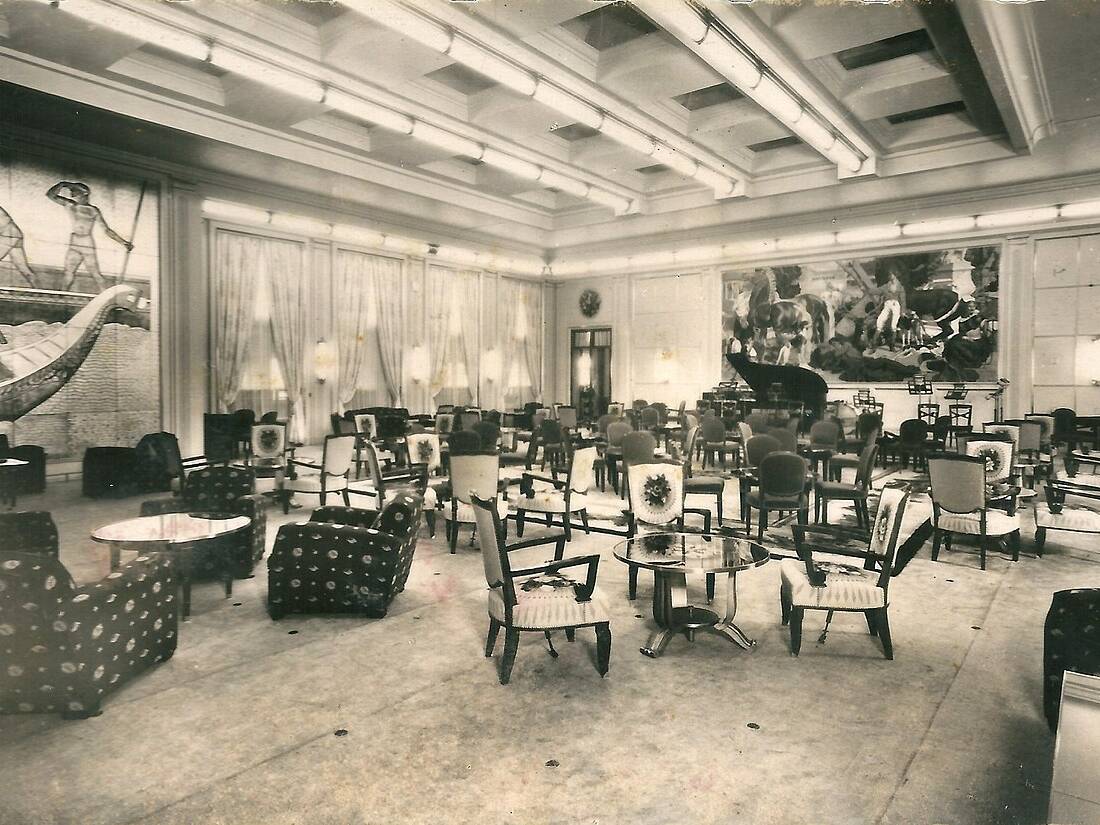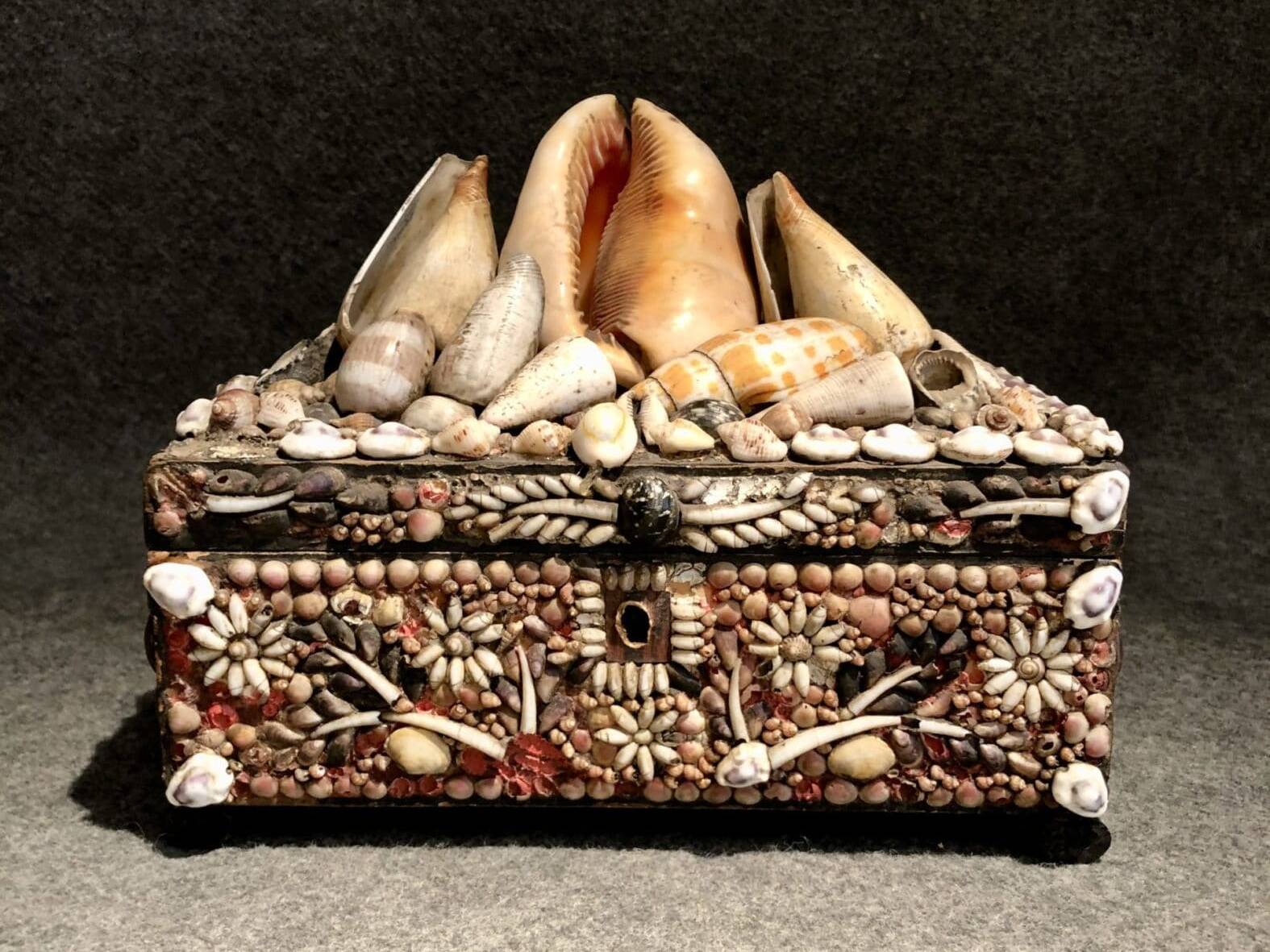It was in 1850 that the first Viennese bronze factory opened on the initiative of Mathias Bermann in Hernals, near Vienna. The craftsman begins by creating small decorative bronze figurines, intended to adorn the pipes. He creates the molds himself, proceeds by sand casting, then takes care of the carving before hand painting the small animals and characters obtained. In 1873, he presented his creations at the Universal Exhibition in Vienna, initiating in the same city a proliferation of workshops and these small bronze figures of very high quality. At the end of the 19th century, there were almost 120 artisans united under the title of Wiener Bronzen. All are distinguished by the finesse of the carving work on small objects and decorative sculptures which delight bourgeois taste. Each piece, unique by its handmade carving, is further individualized by the colors applied to it. This attention to detail made the Viennese production the most naturalistic of its time, as well as the one offering the widest choice of subjects.
Vienna Bronzes: the Triumph of Bourgeois Taste
If bronze sculptures were the prerogative of an essentially aristocratic clientele in the 18th century, it was different in the following one. The rapid and colossal progress of industrialization and mechanization allowed notable advances in the production and working of metal, particularly with regard to sand casting. Little by little, small and medium-sized bronze sculptures became accessible to a bourgeois class who became infatuated with these fashionable decorative objects. In France, England and even the United States, the Vienna bronzes were a great success, so much so that it was imperative to multiply the models. By the end of the 19th century, more than 10,000 had been recorded.
If their success is due to different economic parameters, it is also the result of the flexibility of the bronze makers, capable of responding to all tastes. While the second half of the 19th century remembers with a certain nostalgia the stylistic forms of the past, the artistic proposals are so vast that everyone will necessarily find what they are looking for. From the Troubadour style to the “neo” styles (neo-Renaissance, neo-Gothic, neo-Romanesque, etc.), the great return of the Louis XV style and up to Art Nouveau, the shapes, subjects and palettes are so diverse that the charming Vienna bronzes are not lacking in inspiration and all seem unique.
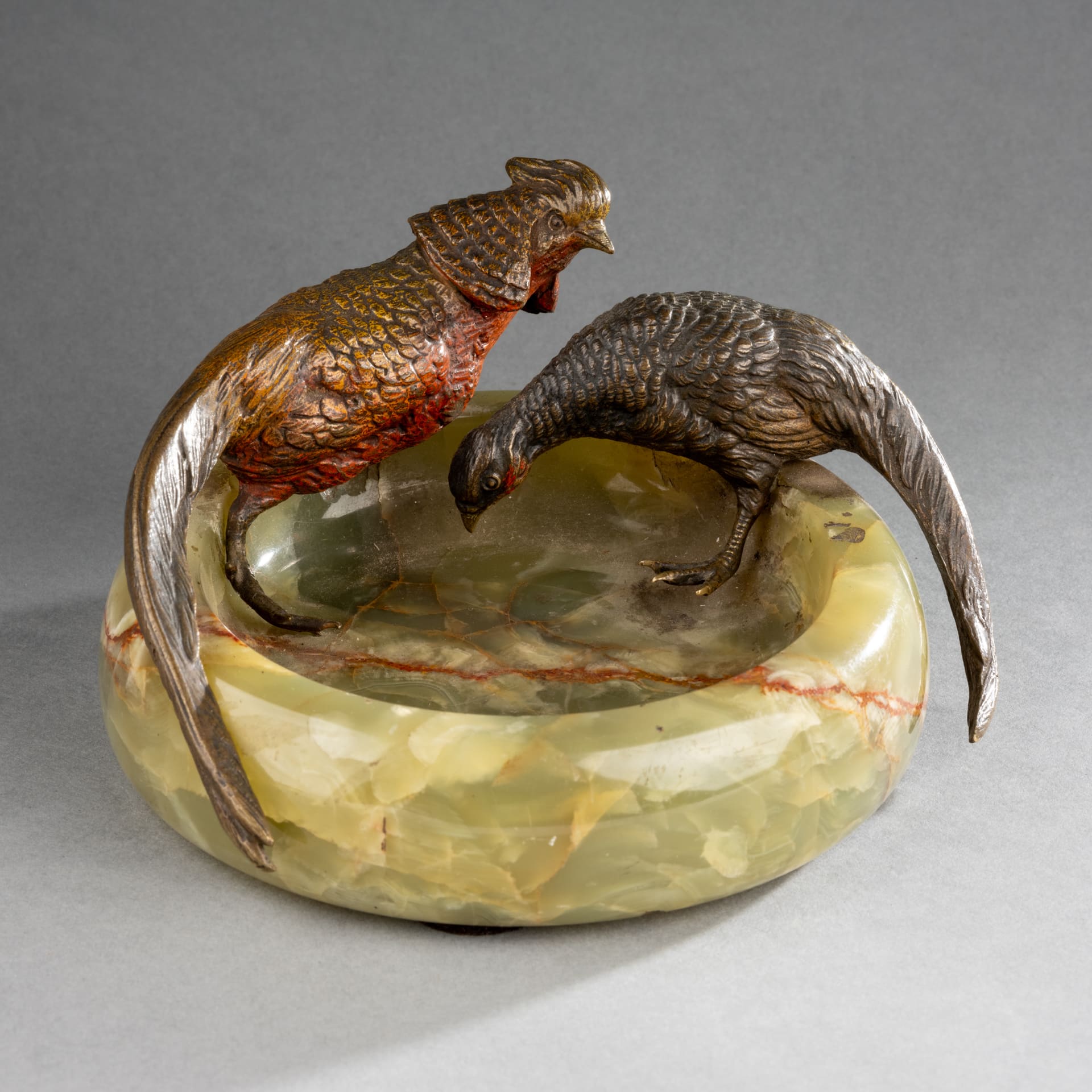
A perfect reflection of the tastes, fashions and upheavals of the time, these bronzes respond to the fantasized taste of the Orient, national aspirations, social demands, realistic literature and painting. They evoke bourgeois daily life and working-class toil, rural life and urban excitement. An entire society in the midst of change finds in these bronzes the echo of what excites it, what worries it, what makes it dream or what it believes in.
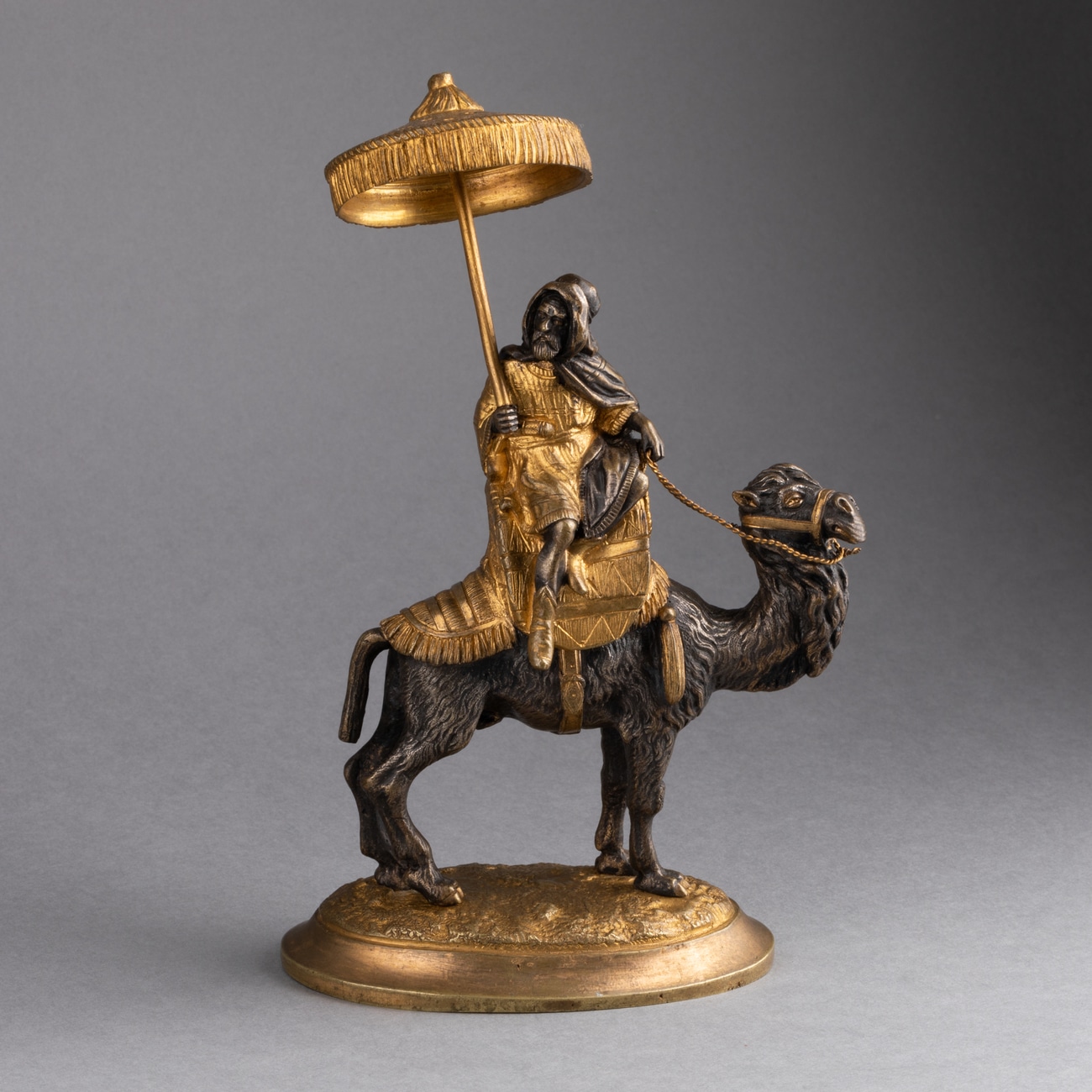
Also, the very marked taste for animal sculpture is still the occasion for a plethora of subjects, covering a wide spectrum of species, from the gentle Maltese bichon to the furious wild boar, including horses, exotic animals or wildlife, more common.
Often they are only decorative, sometimes we find a use for them (brush holder, jewelry, or watches for example).
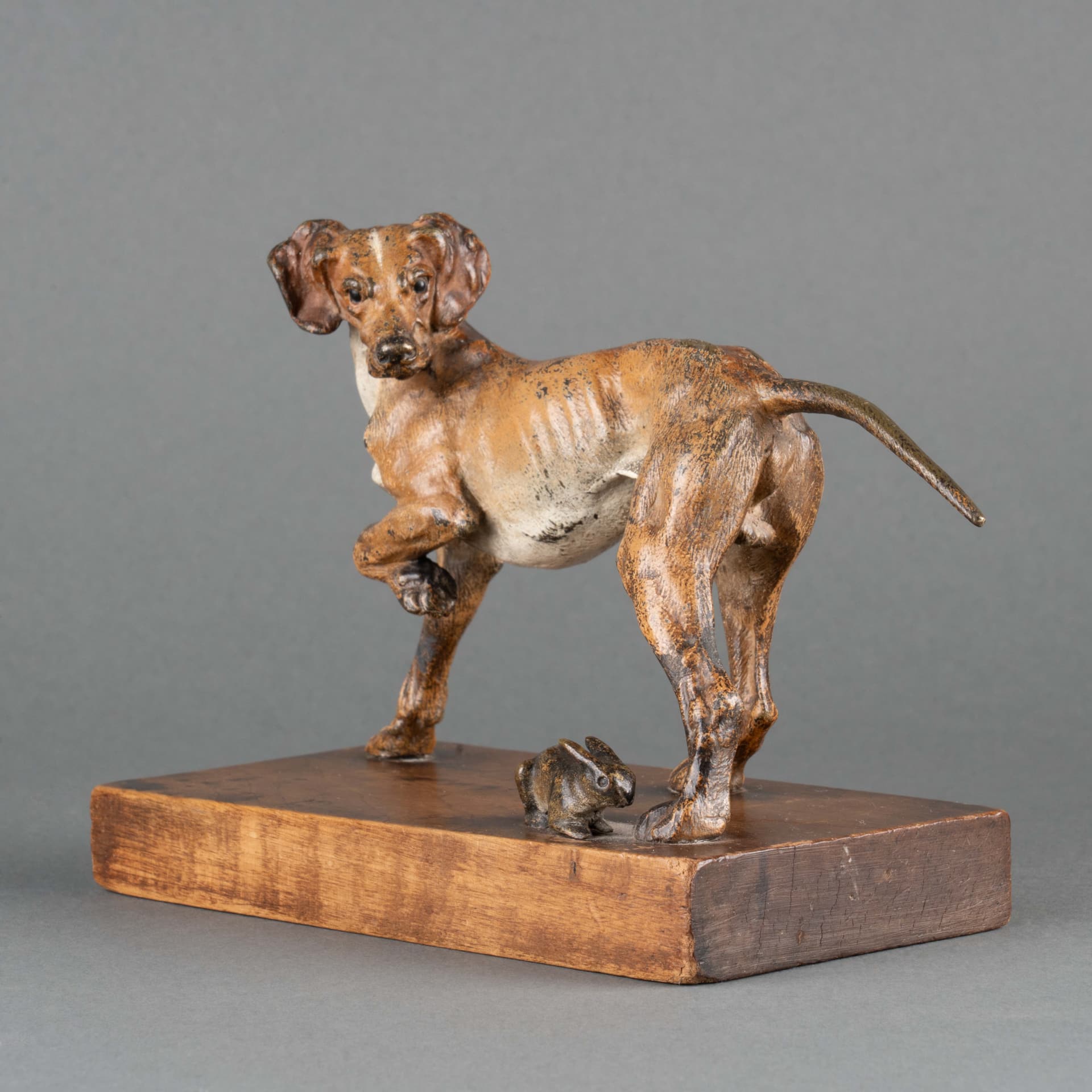
Little-Known Artists
If Franz Bergman (1861 – 1936) or Carl Kauba (1865 – 1922) are the most famous bronze artists in this field, the first for his oriental, erotic or animal figures and the second for his characters of American settlers or Native Americans, they are notable exceptions.
Most of the artists who created the myriad of small bronzes that decorated the opulent homes of wealthy Westerners are, even today, complete unknowns.
The fault lies with this new form of production which combines craftsmanship with optimization of mechanical production. Sculptors were responsible for creating model figures which were then produced by factories. Once the sculpture was done, they took it back to carve it and paint it. Thus, the Vienna bronzes are, at best, stamped with the hallmark of the factory. But most of them are completely unbranded.
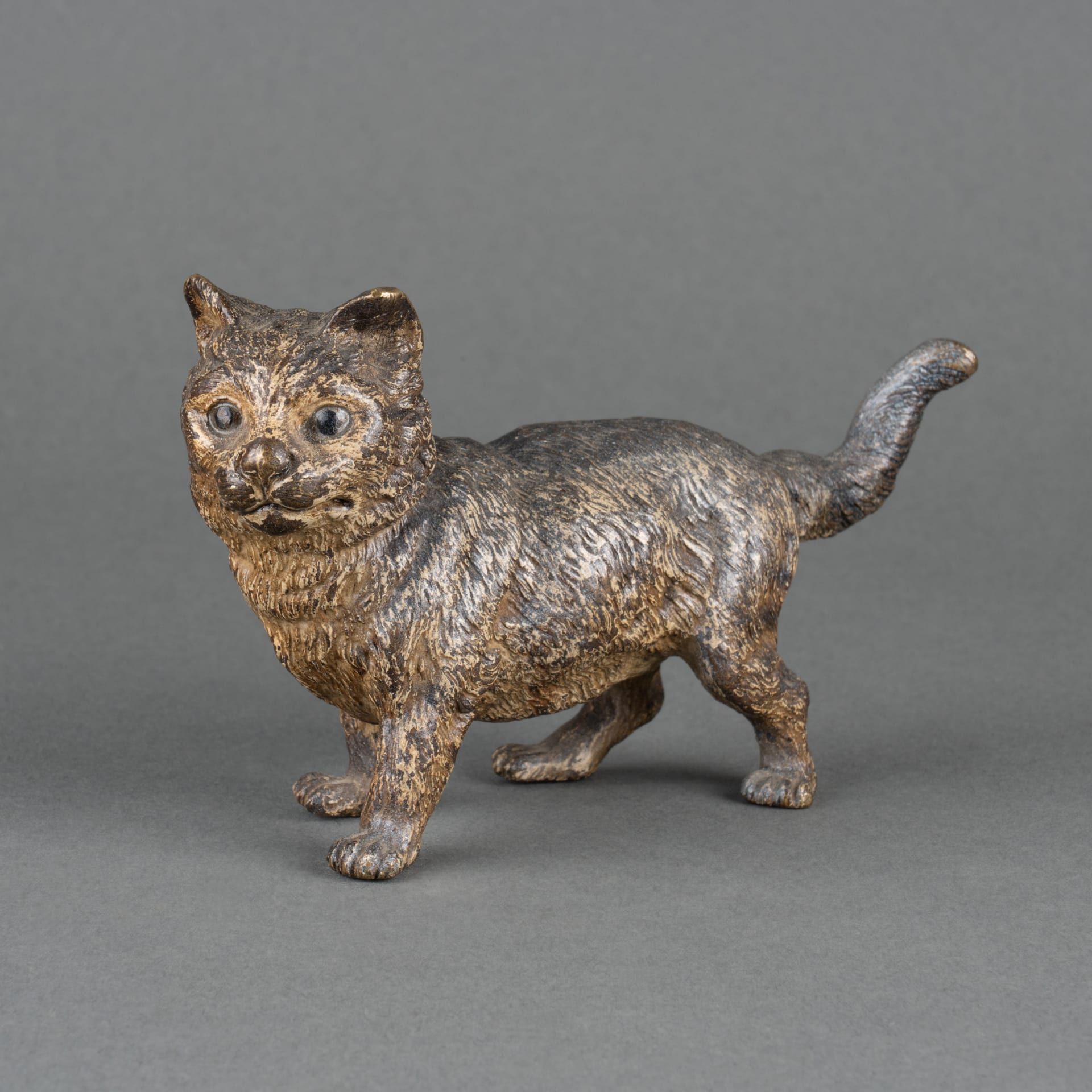
Marielle Brie de Lagerac
Art historian for the art market and cultural media.
Author of the blog Objets d’Art et d’Histoire
Autres ressources et documentations
17 April 2025
The Middle-Ages Furniture
Rare and highly sought-after, Middle-Ages furniture is making a strong comeback. An overview of this market, where enlisting the guidance of a professional is strongly advisable.
18 March 2025
Murano Glass Furniture
Since the beginning of the 20th century, Murano glassmakers have been exploring new horizons. After classic lighting and decorative art, Murano glass is now used to adorn…
16 December 2024
A bronze triton after the sculptures of François Girardon (1628 – 1715) in Versailles
This fountain element is all the more admirable as it is sculpted after the masterpieces of the Pyramid Basin, on the parterre of the North Wing of the Versailles gardens.
18 November 2024
Tyco Bookcase, by Manfredo Massironi, for Nikol International
A pure creation of optical art research in the 1960s, the Tyco library shelf designed by Manfredo Massironi invites the viewer to bring the work of art to life on a daily basis.
3 August 2024
The Ocean Liner Style
In the 20th century, the immense ocean liners connecting the Old Continent and the New World were ambassadors of tastes and innovations on both sides of the Atlantic.
15 July 2024
An 18th Century Shell Box
From the Regency to the death of Louis XV, the art of the shell was the center of all attention.
